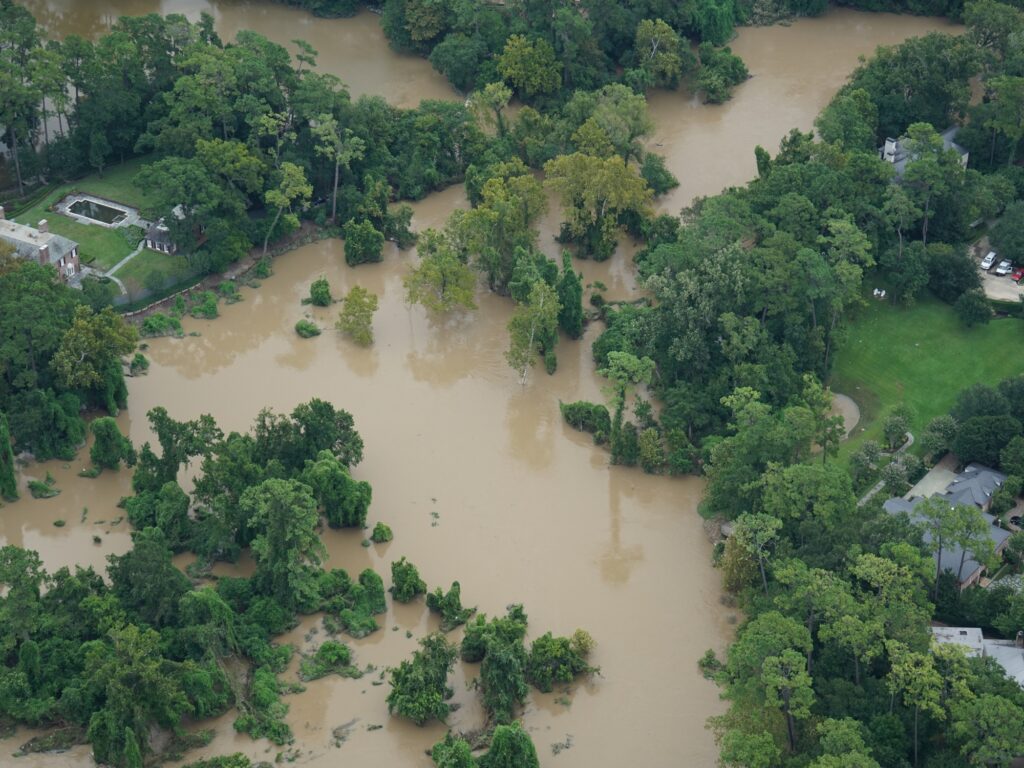Hurricane Ike, a devastating storm that struck the Gulf Coast in 2008, had a profound impact on the insurance industry and prompted significant changes in how insurance is structured and managed in coastal areas. The aftermath of Hurricane Ike exposed vulnerabilities and shortcomings in the existing insurance landscape, leading to reforms and innovations aimed at better protecting policyholders. Several notable changes have occurred since Hurricane Ike:
- Reevaluation of Risk Models: Hurricane Ike underscored the need for more accurate and sophisticated risk assessment models. Insurers reevaluated their risk models to better understand the potential impact of extreme weather events, leading to adjustments in premium rates and coverage limits.
- Introduction of Catastrophe Bonds: In response to the increasing frequency and severity of natural disasters, including hurricanes, the insurance industry embraced financial instruments known as catastrophe bonds. These bonds allow insurers to transfer a portion of their risk to capital markets, providing additional financial resilience in the face of catastrophic events.
- Increased Scrutiny of Underwriting Practices: Insurance companies began to scrutinize their underwriting practices more closely, especially in high-risk coastal areas. This resulted in more precise underwriting criteria, taking into account factors such as building codes, construction materials, and vulnerability assessments to better reflect the actual risk.
- Expansion of State-Backed Insurance Programs: Some coastal states, including Texas, expanded or enhanced their state-backed insurance programs to provide coverage in areas where private insurers became hesitant to offer policies. The Texas Windstorm Insurance Association (TWIA) was one such entity that underwent changes to ensure the availability of windstorm coverage for coastal properties.
- Technology Integration for Claims Processing: Advances in technology have played a crucial role in expediting claims processing and settlements. Insurers now leverage satellite imagery, drones, and digital tools to assess damages quickly and accurately, facilitating a more efficient response to policyholders in the aftermath of a hurricane or other natural disasters.
- Community Resilience Initiatives: Post-Hurricane Ike, there has been a greater emphasis on community resilience initiatives. Insurers collaborate with local governments and communities to promote measures that enhance the resilience of structures and infrastructure, thereby reducing the overall risk exposure.
In summary, Hurricane Ike acted as a catalyst for positive changes in the insurance industry, pushing for more accurate risk assessments, innovative financial solutions, and a collaborative approach to building resilience in coastal communities. These changes reflect a collective effort to better protect policyholders and strengthen the insurance industry’s ability to respond to the challenges posed by extreme weather events.


